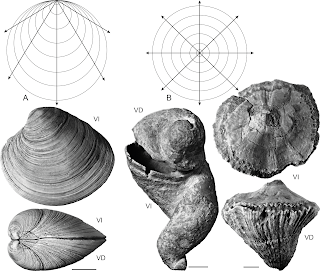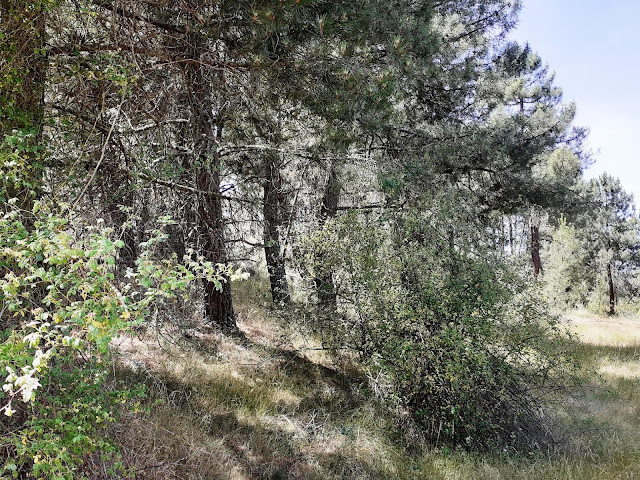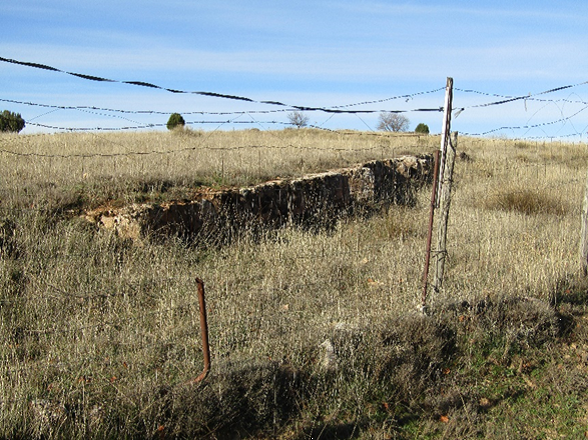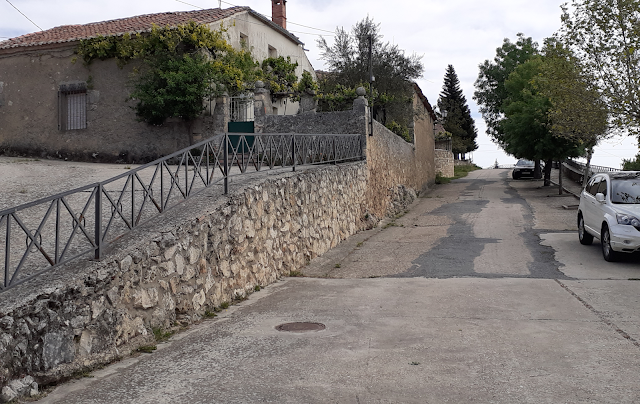ROUTE 1 WAYPOINT 8, ROUTE 2 WAYPOINT 4 AND ROUTE 3 WAYPOINT 4

Waypoint 8: The reef. (Map route 1) (Map route 2) (Map route 3) We arrive at what it may be the most important waypoint of the route, the Sistine Chapel or the Sancta sanctorum of Castrojimeno Village. Here we arrive at the reef itself, what corresponds to the facies C and D (already described previously), where we see the sucession of fossils that are substituted eventually, depending on the dynamic conditions, in particular Radiolites Sauvagesi, Hippurites Incisus that are really close which are substituted with clustering of Biradiolites angulosus, Radiolites Sauvagesi and Hippurites incisus. As we have mentioned, this sucession is the reef itself in different zones of the barrier and with small variations generated of storms or the different positions that conform the barrier of the reef. The most interesting parts of this point are not only the fossils, that present a perfect state of conservation, but also the detailed analysis of the suecssion of fossils and the strata t...






















